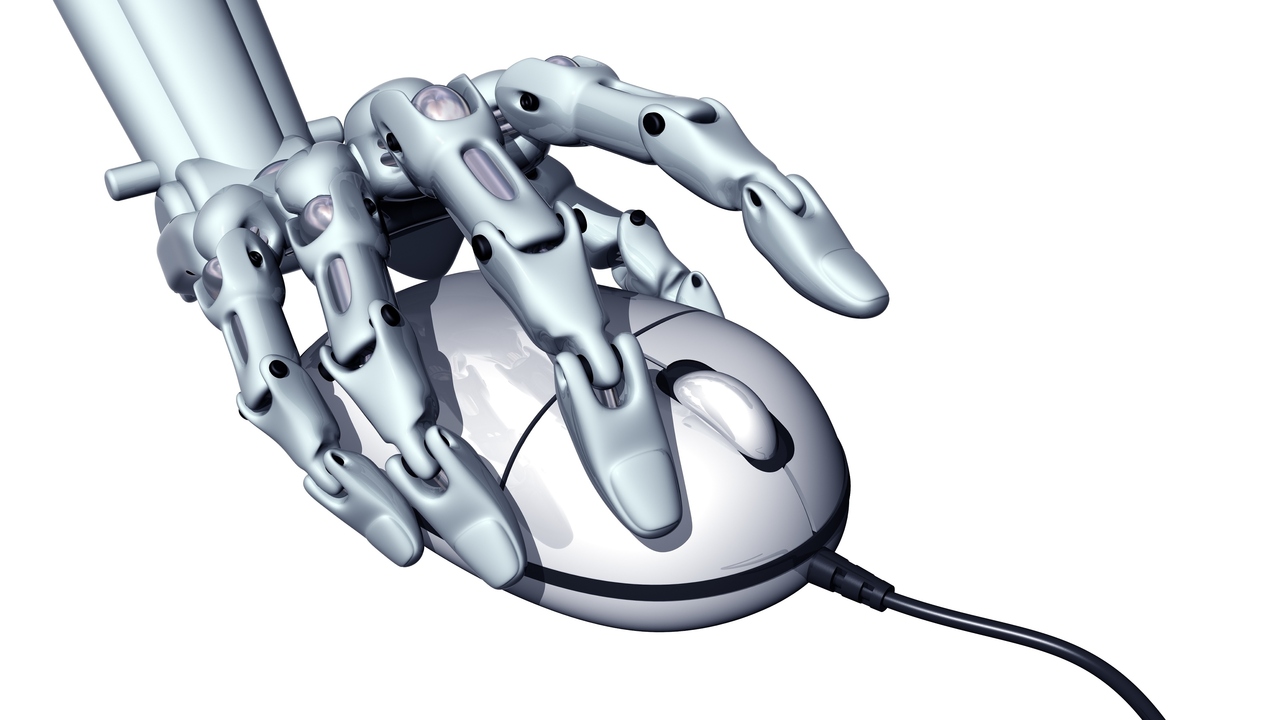 Paul Fleet/PhotoSpin
Paul Fleet/PhotoSpin
Leading-edge technology is changing the future for people disabled by strokes or accidents. The phrase “wearable technology” brings to mind Bluetooth devices and Google Glass.
At the very apex of wearable technology are exoskeletons, bionic frames that help stroke victims and others with limited mobility walk again.
According to the CDC, more than 795,000 Americans suffer stroke annually. It is the leading cause of death, accounting for 130,000 deaths each year — that’s one death every four minutes.
Stroke is not just a disease of aging. Thirty-four percent of people hospitalized for stroke are under 65 years of age. Read here for signs and symptoms of stroke.
The most common impairment from stroke, affecting 80 percent of stroke survivors, is hemiparesis — weakness on one side of the body. Hemiparesis affects the side of the body opposite the side of the brain which suffered the attack.
According to the National Stroke Association, hemiparesis has the following consequences:
- Loss of balance
- Difficulty walking
- Impaired ability to grasp objects
- Decrease in movement precision
- Muscle fatigue
- Lack of coordination
Recovering the ability to walk — and regain independence — is the greatest obstacle facing many stroke victims. Bionic suits promise to speed up and streamline the recovery process.
Like a medieval knight, the patient slips into a jointed, aluminum frame. The frame mimics human bones, motors mimic muscle movement, controlled by computer. A bionic suit responds to a patient's strength and compensates for her weakness
As one side of the body is usually more adversely affected by a stroke, the suit can be adjusted for a varied gait. Additionally, adjustments can be made to provide a varying amount of assistance appropriate to each side of the body.
The suit can be set just below the patient’s ability threshold, requiring the patient to recruit her own strength to walk. The amount of support the suit provides gradually diminishes as the patient’s own gait improves.
A bionic suit more accurately reflects normal body mechanics, and thus aids in healing, as compared to the stance required by the use of a walker, in which the patient bends over supporting herself on the rails in order to lift her feet.
Information from the suit’s computer is recorded and transmitted to the physical therapist and the patient, offering concrete data on progress.
Watch a video of the bionic suit in action here.
Wearable robots can be also used in the rehabilitation of spinal cord injury, traumatic brain injury and disease.
Sources:
EKSO'S EXOSKELETONS LET PARAPLEGICS WALK, WILL ANYONE ACTUALLY WEAR ONE? FastCompany.com. Retrieved May 17, 2015.
http://www.fastcompany.com/1822791/eksos-exoskeletons-let-paraplegics-walk-will-anyone-actually-wear-one
Stroke Statistics and Maps. CDC.gov. Retrieved May 18, 2015.
http://www.cdc.gov/stroke/statistics_maps.htm
Hemiparesis. stroke.org. May 18, 2015.
http://www.stroke.org/we-can-help/survivors/stroke-recovery/post-stroke-conditions/physical/hemiparesis
Reviewed May 19, 2015
by Michele Blacksberg RN
Edited by Jody Smith






Add a CommentComments
There are no comments yet. Be the first one and get the conversation started!